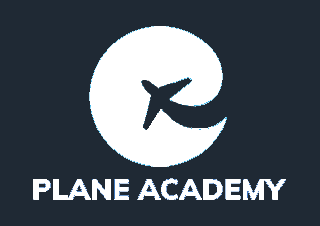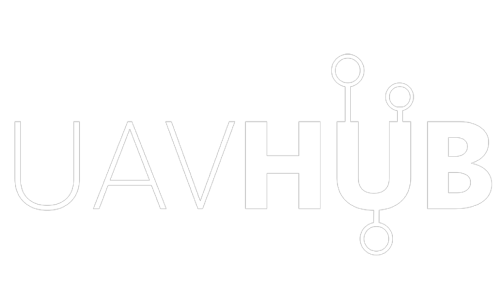Integrated Pilot Training in the UK: Ellie’s Journey, Part 1, Ground school. On Monday 21st May 2018 I set foot into CAE Oxford Aviation Academy to collect my 14 ATPL theory manuals and my school uniform. I was given a large brown box that contained my 14 manuals and it weighed 20 kilos! I thought to myself, I have not only got to learn 20 kilos worth of information but also I’ve got to retain it. I knew then that the next 7 months were going to be a challenge.
At CAE the duration of ground school is around 7 months altogether. It consists of learning 14 ATPL subjects and sitting 14 official EASA examinations. I started ground school at CAE Oxford back in May 2018. I remember walking into the school on my first day worried about how much information was going to be thrown at me on my first day and oh boy was I right! I think it’s fair to say that I was well and truly thrown into the deep end and I think my fellow classmates would agree with me. On the other hand, this was just the beginning. Everything that I had been dreaming about started here and these lessons were the key foundation to building my aviation understanding and future career.
The first seven subjects I started studying during phase 1 were:
- Aircraft systems
- Communications
- Electrics
- Human performance
- Meteorology
- Powerplant
- Principles of flight
After the first six weeks of studying we then had a progress test for each subject to sit. These exams were there purely to see how your studying was going and if you were managing the workload well. They were also there to see if your studying techniques or workload management could be improved. After the progress tests the workload then picked up even more so as we worked towards our school final exams.
Every week consisted of the same format. I attended lessons Monday- Friday from 8:40am-4:20pm where I had six lessons a day. After school there was always computer-based training to be completed and then further studying/revision in and around school hours as well. It was a case of knuckling down and staying motivated!
As school finals arrived, we completed the syllabus for all the phase 1 subjects in the space of around 12 weeks. The school finals were made to be harder than the progress tests to help you prepare for the standard of the EASA exams. Once the exams were completed it was game on and heads down to start preparing for the real EASA examinations. We had a week of self-study before the EASA exams commenced. The seven exams were then scheduled over three days Monday through till Wednesday and then on Thursday morning you received your results. In order to successfully pass the exam, you needed a score of 75% or above. Luckily enough for me I managed to pass all the exams from phase 1 first time which meant that I could enjoy my week off and go back home to celebrate with my family and friends.
After a quick week off it was back to school and back to the books. It was such a horrible feeling knowing that I had to go back to school to start studying again- it felt like the feeling of your 6 weeks summer holiday ending. The subjects studied during phase 2 were:
- Aircraft operations
- Air law
- Flight planning
- General navigation
- Mass and balance
- Performance
- Radio navigation
This phase was shorter than phase 1 but it was another step up. Progress tests occurred four weeks after starting (rather than six weeks) and therefore, school finals occurred eight weeks after starting (rather than twelve weeks). So the pace of phase 2 was much quicker, which meant there was less time to get the same amount of information into my brain. Again, the layout of the phase was the same and the result was sitting the final seven ATPL theory exams. I was very lucky to pass all my ATPL exams first time however, the work that I put into ground school was the reason I got the results that I did.
Ground school for me is definitely the hardest thing I’ve ever had to do. The amount of new information I had to learn, understand and retain in such a short space of time was unbelievable. It’s a real challenge and it does test your ability to stay motivated from time to time. In all honesty I doubted myself and wondered if I was capable during ground school. However, I worked hard, stayed focused and most of all dedicated, and I managed to achieve the unthinkable. Looking back, I can’t believe I managed to get over each hurdle to where I am today. And it just goes to show that the sacrifices you make, for example the long hours studying or limiting your social life really do pay off in the long run.
Ground school completed meant two things- no.1 hello flying and no.2 hello America!
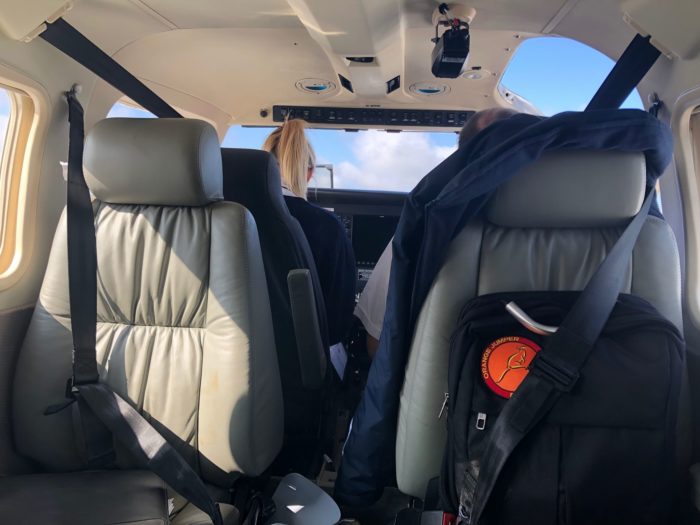
Part 2
Phoenix, Arizona!
The 3rd of January 2019 marked the first day of my adventure out to Phoenix, AZ. I set foot into Heathrow’s Terminal 3 apprehensively awaiting to board the A330 that would be taking me to America, where I would be living for the next 6 months. It was a day full of mixed emotions!
Excitement for the journey ahead, sadness for the loved ones I would be leaving behind and also relief that all the hard work, time and effort that went into the last 7 months had been made worthwhile. After a long journey and two flights we were in Phoenix- WE HAD MADE IT! The uniform was back on, smiles all around and a few squints in the sunshine. What an exciting start to the new year and an amazing adventure ahead.
After meeting my instructor, buddying up with my flying partner and having been shown around the school I was ready to get airside and even more importantly airborne. My first mission was in the Piper Archer on the 15th January with my instructor and flying partner sat in the back. Headsets on, radios checked, engine started and pre-flight checklists completed we were good to go. I remember so clearly lining up on the runway and shortly after, receiving our take off clearance. My instructor set full power and we started accelerating down the runway (meanwhile my smile was just getting bigger and bigger). The feeling of finally getting airborne and thinking this is what I’m going to be learning to do was indescribable.
Before I knew it all the basics I had been learning such as straight and level flight, climbing and descending turns and stalls had morphed into circuit lessons and I was working towards going SOLO! With only a few missions under my belt I was learning to perform the take-off, fly the aeroplane and land the aeroplane all on my own. Just short of 20 hours later I had my first flying exam on the 1st March. The progress test was the first time I would be flying with someone other than my instructor and acting as pilot-in-command.
The exam itself consisted of me going into school to plan for the flight by myself. I had to make a sensible decision and determine whether the aircraft was fit to fly and if the weather was suitable for the flight. Once I had completed all my flight planning, I met my examiner. The examiner asked me to brief him on the weather, relevant NOTAM’s, mass and balance and the aircraft’s performance. After my briefing I was then asked a series of theoretical questions about the aircraft type, aircraft documents, airspace, and FAA regulations. The briefing was completed with the examiner going over what I was to expect during the exam and what he was looking for. Shortly after I headed out to the aircraft nervously waiting for the examiner to come out and join me.
Once both seated, I began to set up the aircraft with the appropriate checks and completed the necessary checklists. I contacted the ground frequency and received clearance to taxi. I remember my feet trembling on the rudder pedals as I released the parking brake but once we started moving, I settled into the seat and started to feel much more comfortable. The exam consisted of me demonstrating a series of circuits with various different approach and landing configurations. I had to perform a normal circuit, a flapless circuit and a glide approach to simulate an engine failure. Five to six circuits later we came in for a full stop landing, taxied back to the ramp and parked the aircraft.
When exiting the aircraft my examiner turned around and said, ‘by the way Ellie you’ve passed’ and my response was ‘you are joking? Thank you so much, please can I hug you?’, to which he responded, ‘no I only hug my wife when I have to’. I couldn’t help but start laughing as a few tears of happiness rolled down my cheeks. He debriefed me thoroughly after the flight and highlighted areas which were good, areas which needed slight improvement and then wished me good luck for my solo!
The following day I met my instructor in the morning, and we went flying. I did a few circuits with her before coming back into land for a full stop. Once on the ramp my instructor got out of the aircraft and secured me in (on my own) ready for my first solo circuit! I started the aircraft up for the first time on my own, whilst she sat on the sidelines with a radio monitoring me. Nine other cadets came out to sit alongside her and to support me. I completed all my pre-flight checks very thoroughly and then got my clearance to line up and wait at the runway threshold. I remember so vividly lining up and then looking across to my right-hand side and the seat being empty. It was a rather strange feeling to not see my instructor sat next to me and being in the plane on my own! I set full power and watched the speed advance before positively rotating. The tower spoke to me as I turned crosswind, downwind, base and then onto final. I got my clearance to land and I could feel my heart rate increasing. I stayed focused, monitored my instruments, my visuals outside and then came in to land. It was a rather light landing due to me being in the aircraft on my own, but I touched down, all three wheels firmly on the ground and applied a bit of back pressure on the control column…I had done it! I remember thinking to myself ‘I’ve just gone SOLO’. It was the quickest 5-6 minutes of my life and as soon as I was back on the ground, I wanted to do it all over again. As I turned back into the ramp, I could see all my friends, my instructor and a few other cadets that had joined clapping and cheering me on, what an incredible feeling. I genuinely can’t put into words how amazing it felt. I was so unbelievably proud of myself, amazed at what I had achieved and most of all extremely happy. It was such a rewarding feeling and one of the most memorable moments/biggest milestones in my aviation career.
As tradition at CAE after going solo you have to be thrown into the swimming pool in your full uniform to celebrate the achievement. The plan for my course was to wait for everyone to complete their solos and then we could all get thrown in the pool together. Some cadets had already gone solo and others were waiting for it to be scheduled. However, a few days later we all met around the pool with fellow cadets from other courses and got thrown into the pool fully dressed to celebrate. I’ve got to say being a fairly petite female it didn’t take long before the boys started betting on how far they could throw me across the pool!
The solo flights carried on being scheduled alongside of me being scheduled with my instructor for navigation flights. The nav flights were fun because it meant we managed to get out of the vicinity of Falcon Field Airport and travel slightly further around Arizona and see different settlements, features and landscapes. We also got the opportunity to see disused/abandoned airfields, private airports and uncontrolled airports. We also practised landing at other airports to develop a further understanding to runway lengths, widths, slopes and their perception when coming into land. Both me and my flying partner were keen to tick off as many airports as we could in the area and luckily enough our instructor was up for it to. This meant that our navigation and map reading skills were developing more by constantly flying to different locations.
These navigation flights were used as preparation for our PT2- progress test two. PT2 was another flight that was examined in order for you to be signed off on solo navigation flights. During PT2 you had to demonstrate a navigation, a diversion and all the associated calculations such as: timings on legs, fuel calculations and wind corrections. Furthermore, you had to perform a simulated forced landing, deal with a simulated engine fire or failure and join an uncontrolled airport circuit. Given that your PT2 was a success you were then scheduled for navigation flights on your own. The solo navigations started as 2 hour missions but then developed into land-aways where you would stop at another airfield, shut down, refuel and then fly back to Falcon Field.
Aside of my flying with CAE, at Falcon Field, as part of the training I had to complete a course in upset prevention and recovery training. This took place at another local airport called Gateway in Mesa and was delivered on the Extra 300L. The training was delivered by a company called APS and consisted of a short two day course. The first day was mainly ground school based with a flight in the afternoon and the second day consisted of two flights with classroom based training in between.
The main aim of the training was to put the aircraft into unusual attitudes or undesired states and then to learn how to be able to recover from them safely. We looked into some aviation accident history and reviewed how many of the pilots could have recovered if that had known how to. The course itself was very interesting and full of really insightful information. The theory and flights demonstrated a recovery technique of ‘Pitch, Roll, Power, Stabilise’. The instructors both on the ground and in the aircraft demonstrated this technique. We used it during unusual attitude recoveries, stalls, secondary stalls and spins. After the training I felt much more comfortable and confident about flying and still have the knowledge from the training with me today.
Back at CAE it was time for me to move onto learning how to fly at night. The syllabus for night flying was very minimal. I completed a three hour flight with my instructor and then went on to complete two solo night flights in the circuit. Before my first night flight I reviewed with my instructor some of the differences from flying during the day to flying at night- such as optical illusions. This was massively important because the visual references that kept us safe during our VFR flight training were no longer there. Therefore, we had to rely on our instruments more and less on our visual scan outside. Additionally, the technique for landing the aircraft was changed due to the visual references being lost and only the runway lights providing you with information as to where the runway is. Flying at night is a completely different ball game. I felt like Wendy out of Peter Pan flying over the lights of the city. Everything looked so magical and vibrant. I think night flying was one of my favourite memories that I brought back from Phoenix.
Shortly after completing my night flights I had an instructor change for the next phase of my flying training. The next phase was focusing on developing my instrument flying skills and understanding. IFR flying, unlike VFR, simulates your reference to outside or in some cases (such as being in clouds) means that your visual reference is lost and therefore, you need to rely on your instruments. There is a whole other skill set that is learnt during your instrument flying.
We learnt how to enter and fly holding patterns, how to navigate off various navigation aids and how to fly instrument approaches. The lessons were utilised to cover a variety of different instrument skills and to prepare us for our PT3. Progress test 3 was all instrument-based flying. It consisted of an instrument departure, VOR tracking and intercepting, taking up a holding pattern and flying an instrument approach procedurally. One of the approaches was to a go-around and the other was to land. We also had to demonstrate to the examiner recoveries from unusual attitudes and stall recoveries off our instruments. Having passed PT3 I was sent on my final mission on the Piper Archer, my cross-country qualifier. It was the last solo flight of my training at CAE and it had to cover a distance of 300nm and have two full stop landings made at two different aerodromes. After I had completed the cross-country qualifier, I was moved onto the twin engine aircraft for the last part of my flying training out in Phoenix, AZ.
The Seminole was the training aircraft used to prepare you for your Commercial Pilot’s License skills test- CPL. Every element of our flying training up to this point was then going to be transferred over to the Seminole and we were going to get examined on it. The aircraft itself was a nice conversion from the Piper Archer and it had similar systems and a similar layout. However, the Seminole had a second engine, fully feathering propellers and a retractable landing gear so there was a bit more to think about. We started from the basics and learnt the pitch and power settings for the aircraft, the landing technique and general handling of the aircraft. During our twelve missions we worked on general handling, stalls, circuits, navigation, simulated engine failures/fires and unusual attitudes. All which pieced together to make the exam profile of the CPL. On the 2nd July 2019 I passed my CPL out in Phoenix, AZ. It was one of the most nerve-racking days of my life which then turned into one of the best days! Obtaining my CPL meant that it was time to head back to the UK.

Part 3
IR, Oxford!
On Monday 5th August 2019 I returned to Oxford for the IR phase of my training. I returned from the USA with not only a sun tan but also a CPL. The feeling of walking back into the school where I completed my ground school with a CPL was amazing! The first thing on the agenda was to go straight to the ground school training office and see all my old instructors. The delight on their faces when they saw my return was heart-warming. All the hard work I had put in before Phoenix and during my time out there had been worth it. It was so rewarding to know that my achievements were not only something I was proud of but that they were proud of to.
The return to Oxford firstly consisted of a briefing week which gave me and the other cadets chance to familiarise ourselves with the airport, the aircraft type we would be learning to fly, the standard operating procedures, UK airspace and the RT. Before I knew it my first simulator session was on my schedule and the missions continued to keep coming. I developed skills from the basic general handling of the aircraft to holding procedures, NDB approaches and ILS approaches. The simulator really helped me to nail the foundations of instrument flying and started to build my confidence. However, the pace of the IR phase was by no means slow and steady. Every day and every mission we were building on top of what we had already learnt or learning something completely new.
We studied and practised flying radar vectored approaches, SRA approaches and DME arcs. Furthermore, we looked at the difference between both 2D and 3D approaches, also known as non-precision and precision approaches. We then developed a different skill set by flying alternative procedures such as an approach without a DME or an unserviceable glideslope. As the missions continued to pass the training continued to advance and we began to study another element called RNAV, also known as area navigation. This then became a part of our everyday training as did our NDB and ILS approaches. Towards the end of our training everything came together and during our flights we were performing the same procedures but just at different airports or in a different location.
Alongside of the IR studies we were also required to sit a RT exam in order to obtain our own radio license. This consisted of studying the CAP 413 and sitting both a written and verbal exam. The elements covered were: general understanding of radio terminology, replying to ATC calls correctly, performing various emergency calls and request calls.
The next exam that came along was PT5 which was a progress test for your instrument flying performed in the simulator. It was a short exercise which consisted of you maintaining control of the aircraft and flying it as accurately as possible with your instruments slowly failing on you. With PT5 passed the next hurdle was working towards PT6.
In preparation for PT6 and the IR the training focused on the elements we as cadets would be getting examined on.
This included:
- An instrument departure
- En- route entry into controlled airspace
- A 2D and a 3D approach- one of which must be procedural and the other can be radar vectored
- RNAV approach
- A hold and hold entry
- A single engine approach, go-around and landing
- An EFATO- simulated engine failure after take-off
- Diversion
- Two stalls- one base to final configuration and one final configuration
- Unusual attitudes off the partial panel
PT6 came around quickly and even with all the practise and familiarisation of routes the nerves still kicked in. Overall the mission went well, and I successfully passed which meant it was time to polish up on any uncertainties and work on things that could get better in time for the IR. The whole idea of PT6 is for you to basically do a practise IR under test conditions and for the examiner to sign to say that you are ready to take your instrument rating.
On the 25th October 2019 I passed my Instrument Rating and officially had a CPL/IR! My training at CAE Oxford was complete and all the hard work had been worth it. Now it’s time to hit the Boeing 737-300 simulator at Gatwick for my MCC/JOC training.
Part 4
MCC, Gatwick!
On Monday 11th November I started my MCC/JOC course down in Gatwick. MCC/JOC stands for multi-crew course and jet orientation course, so this combines the two courses together as one. The concept of the course is to introduce working as a crew and to enhance your understanding and development of CRM, along with introducing you to flying with jet engines.
Overall the duration of the course is 3 weeks. This is split into a week of ground school and two weeks of flying in the simulator. During the first week we spent the first two days focusing on CRM. We looked into the importance of good CRM, positive crew communication and decision making. We also looked at the effects of bad CRM and the consequences it can have. We reviewed the swiss cheese model, analysed the chain of events and then put it into use in real life scenarios. As a team we looked at some accident and investigation case studies. We picked out the errors that were made throughout the video and then when they all lined up, they resulted in catastrophe. However, if any one of those mistakes wasn’t made or was corrected the incident may have been prevented.
The following three days were then used to build a foundation to our understanding of the Boeing 737-300. We studied the details of the flight deck layout, it’s systems and instrumentation. We learnt how to calculate fuel planning, performance and mass and balance for the aircraft. Furthermore, we were taught how to brief during our flights and looked over some non-normal procedures. Ground school completed could only mean one thing… flying!
Each simulator session was split up into two sections- two hours as pilot flying followed by two hours as pilot monitoring. The first simulator session was purely a familiarisation flight which allowed us to put into practise the checklists, scan flows and radio calls we had been learning in the classroom. We then went on to do some general handling once airborne to allow us to get a feel for the plane and how to fly it. As the week went on, we were in the simulator every day for a four hour session with an hours brief and debrief either side.
As the days progressed so did the workload for the course. Within the first week we had covered:
- Take-off and landing profiles
- Non-precision and precision approaches
- SID’s and STAR’s
- Single engine approaches, go-arounds and landings
- Coupled approaches and manual approaches
- The use of the autopilot, auto thrust and flight directors
- Loading of the FMC and non-normal procedures
Having covered all these aspects I couldn’t believe that the main focus of the course was multi crew and jet orientation. The workload was rather overwhelming to say the least and the speed of the jet was twice that of the aircraft I had been used to flying so everything happened twice as fast. The biggest challenge was transitioning from a single pilot role to a multi-crew environment. I found it very easy to forget that the other crew member was there to help me not examine me. The concept of sitting in a jet simulator and making announcements to the cabin crew and passengers was everything I had been working towards over the past 18 months. So being in the final two weeks of my training really started to sink in.
The final week went on to consolidate previous lessons and also increase the flight deck workload to see how we managed our energy. We did some route flights where we got the chance to practise small electrical failures and hydraulic system failures. We also got the opportunity to practise rejected take-offs and consolidate our single engine handling. And finally we had a look at a rapid decompression and emergency descent.
Friday 29th November was my last mission and the final day of me being in my CAE uniform. I couldn’t quite believe how quickly the past 18 months had gone nor how much I had learnt in them! Flying school has been the most intense, enjoyable and rewarding experience and I am very fortunate to say that the memories and friends I will take away from it are for a lifetime.

